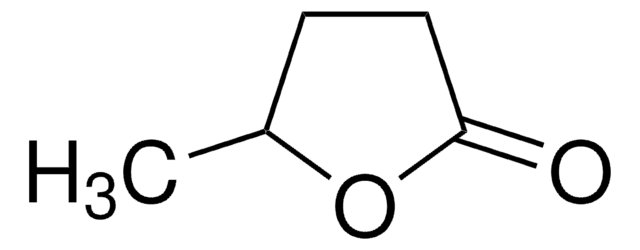466123
Acide phosphorique
crystalline, ≥99.999% trace metals basis
Synonyme(s) :
Acide orthophosphorique
About This Item
Produits recommandés
Densité de vapeur
3.4 (vs air)
Niveau de qualité
Pression de vapeur
2.2 mmHg ( 20 °C)
5 mmHg ( 25 °C)
Essai
≥99.999% trace metals basis
Forme
crystalline
pb
158 °C (lit.)
Pf
~40 °C (lit.)
41-44 °C
Densité
1.685 g/mL at 25 °C (lit.)
1.830 g/mL at 25 °C
Chaîne SMILES
OP(O)(O)=O
InChI
1S/H3O4P/c1-5(2,3)4/h(H3,1,2,3,4)
Clé InChI
NBIIXXVUZAFLBC-UHFFFAOYSA-N
Informations sur le gène
human ... SRC(6714)
Vous recherchez des produits similaires ? Visite Guide de comparaison des produits
Catégories apparentées
Description générale
Application
Conditionnement
Autres remarques
Mention d'avertissement
Danger
Mentions de danger
Conseils de prudence
Classification des risques
Acute Tox. 4 Oral - Eye Dam. 1 - Met. Corr. 1 - Skin Corr. 1B
Code de la classe de stockage
8B - Non-combustible corrosive hazardous materials
Classe de danger pour l'eau (WGK)
WGK 1
Point d'éclair (°F)
Not applicable
Point d'éclair (°C)
Not applicable
Équipement de protection individuelle
Eyeshields, Faceshields, Gloves, type P3 (EN 143) respirator cartridges
Faites votre choix parmi les versions les plus récentes :
Déjà en possession de ce produit ?
Retrouvez la documentation relative aux produits que vous avez récemment achetés dans la Bibliothèque de documents.
Les clients ont également consulté
Contenu apparenté
Batteries, fuel cells, and supercapacitors rely on electrochemical energy production. Understand their operation and electron/ion transport separation.
Global Trade Item Number
| Référence | GTIN |
|---|---|
| 466123-25G | 4061832357416 |
| 466123-100G | 4061832357409 |
Notre équipe de scientifiques dispose d'une expérience dans tous les secteurs de la recherche, notamment en sciences de la vie, science des matériaux, synthèse chimique, chromatographie, analyse et dans de nombreux autres domaines..
Contacter notre Service technique





